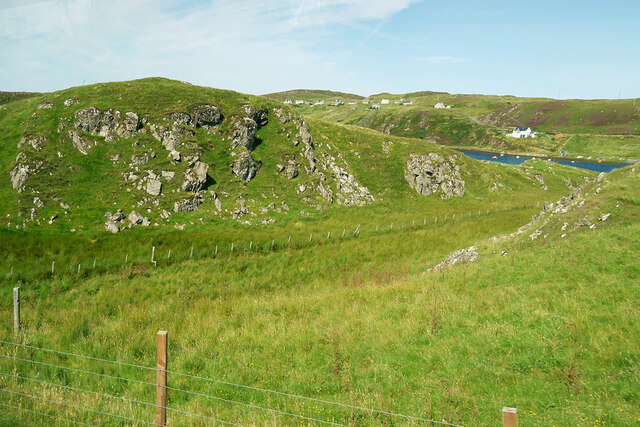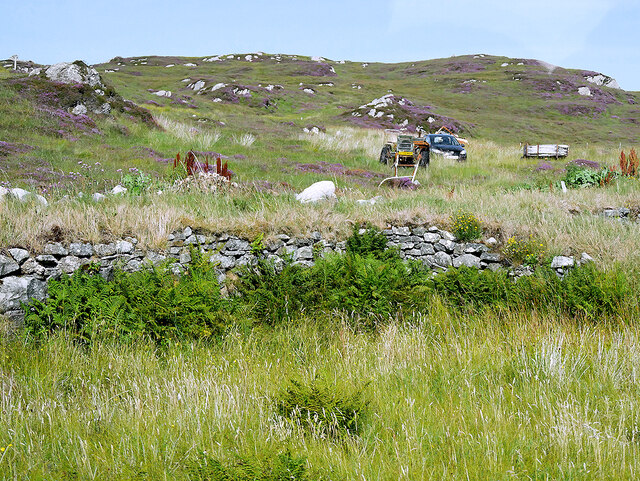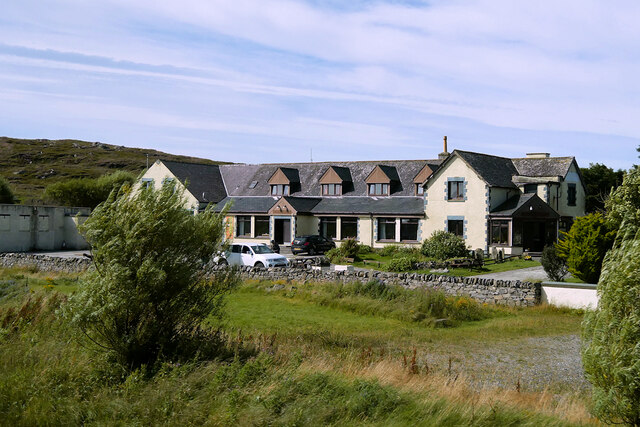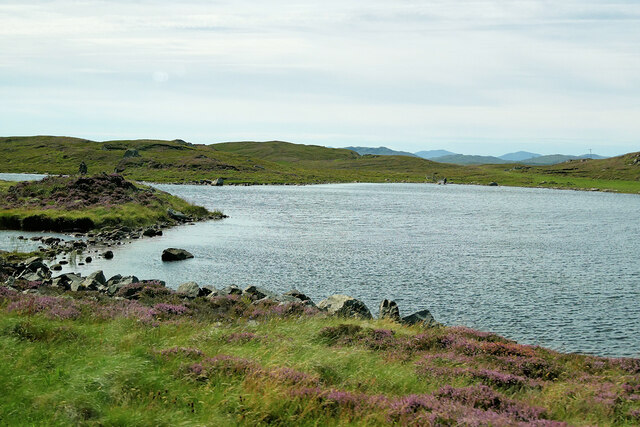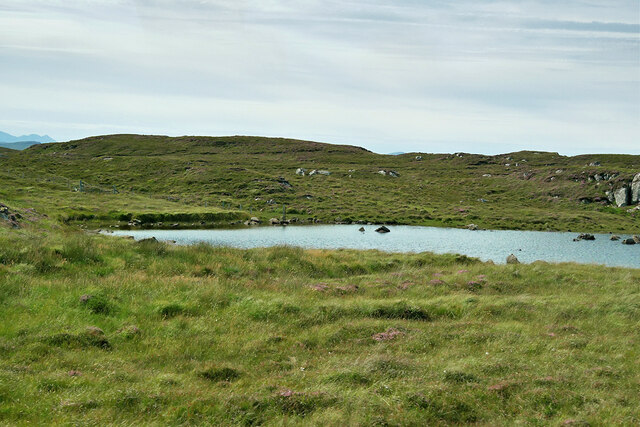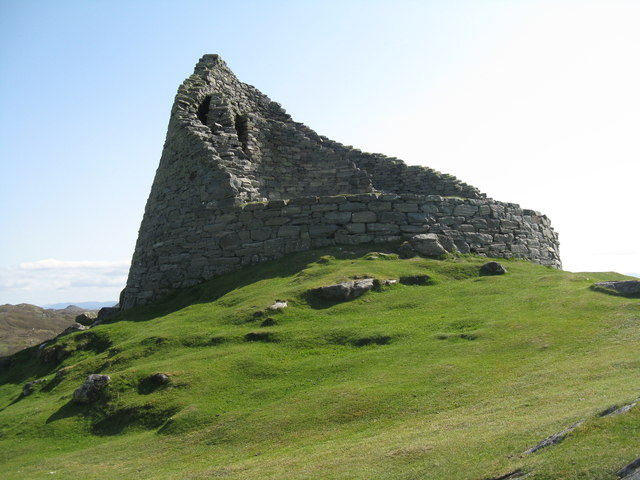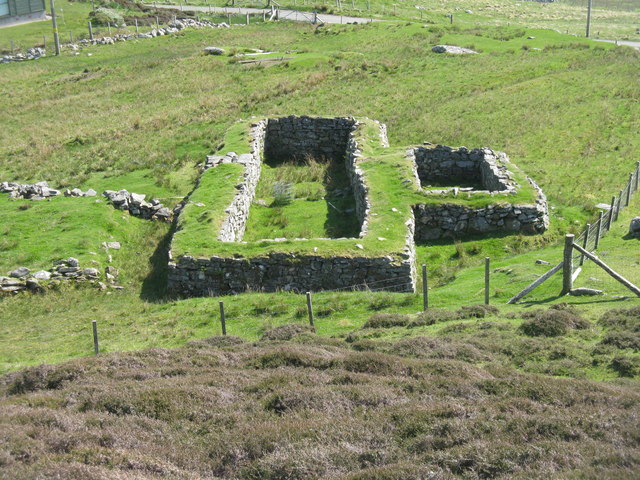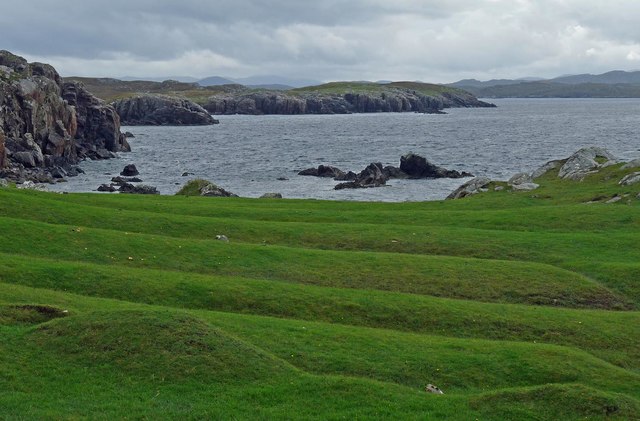Beinn an Dùin
Coastal Feature, Headland, Point in Ross-shire
Scotland
Beinn an Dùin
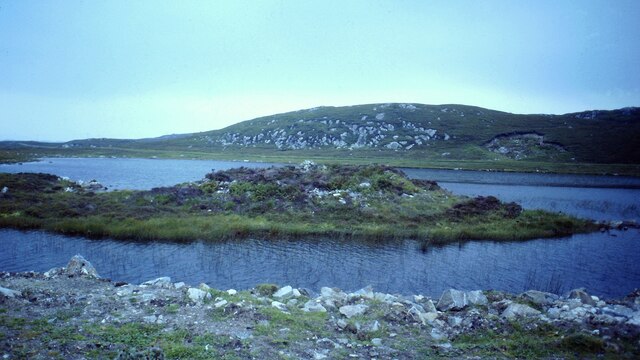
Beinn an Dùin is a prominent headland located in Ross-shire, a county in the Highlands of Scotland. Situated along the picturesque coastal area, this headland is known for its breathtaking views and rugged beauty.
Rising to an elevation of approximately 100 meters, Beinn an Dùin offers commanding views of the surrounding landscape, including the vast expanse of the North Sea. Its location on the coast makes it an ideal spot for observing marine life, with frequent sightings of seals, dolphins, and various seabirds.
The headland is characterized by its steep cliffs, formed from ancient volcanic rock. These cliffs provide a nesting habitat for a variety of bird species, including puffins, guillemots, and razorbills. In the spring and summer months, the area is teeming with bird activity as they breed and raise their young on the sheltered ledges.
Beinn an Dùin is easily accessible via a network of walking trails that wind their way along the coastline. These paths offer visitors an opportunity to explore the headland's diverse flora and fauna, including wildflowers, heather, and grasses. The headland is also home to a rich array of plant species, including sea thrift and sea campion, which add vibrant splashes of color to the landscape.
In addition to its natural beauty, Beinn an Dùin is steeped in history. The ruins of an ancient fort can be found on the headland, providing a glimpse into the area's past. These archaeological remains are believed to date back to the Iron Age and offer a fascinating insight into the lives of the people who once inhabited the region.
Overall, Beinn an Dùin is a captivating headland that combines stunning natural scenery with a rich cultural heritage, making it a must-visit destination for nature enthusiasts and history buffs alike.
If you have any feedback on the listing, please let us know in the comments section below.
Beinn an Dùin Images
Images are sourced within 2km of 58.272087/-6.7928054 or Grid Reference NB1941. Thanks to Geograph Open Source API. All images are credited.
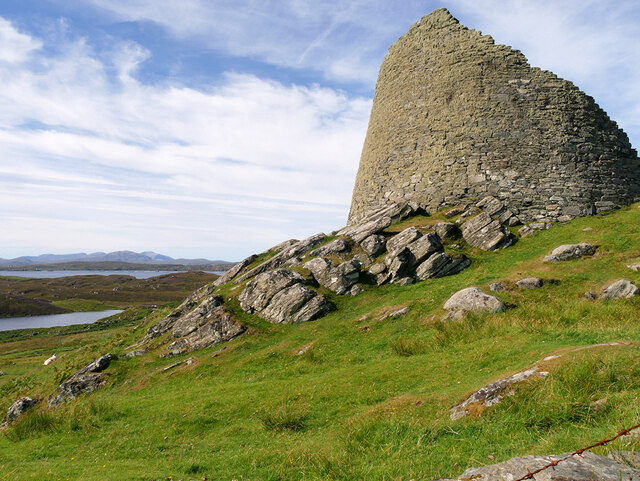
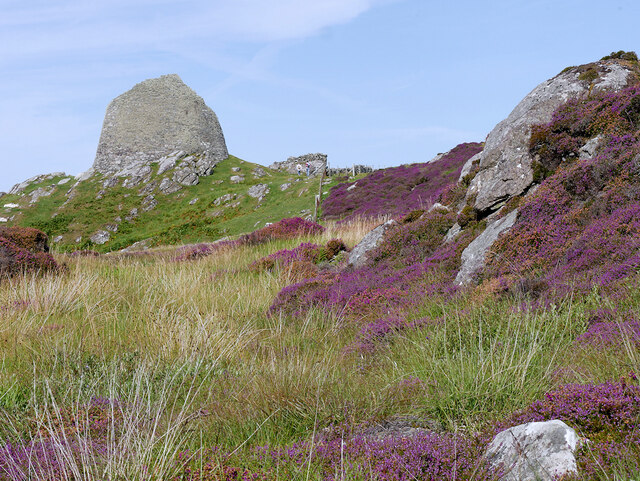
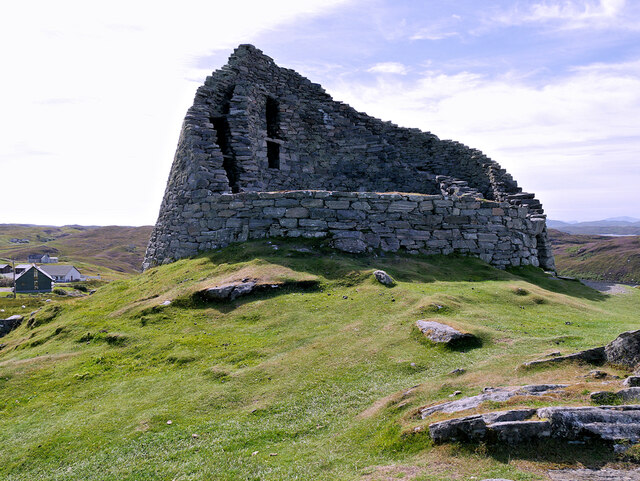
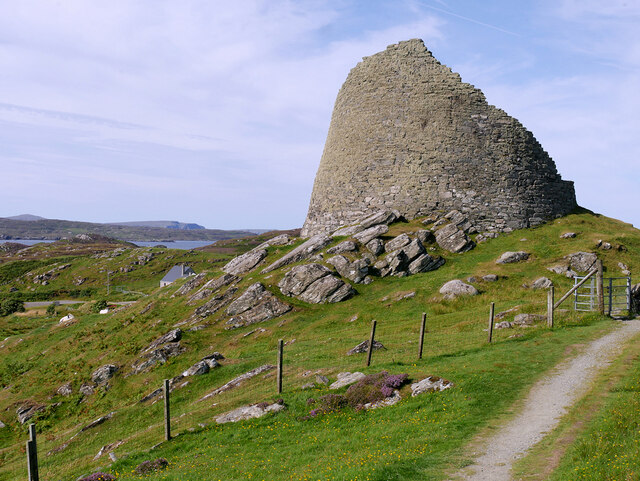
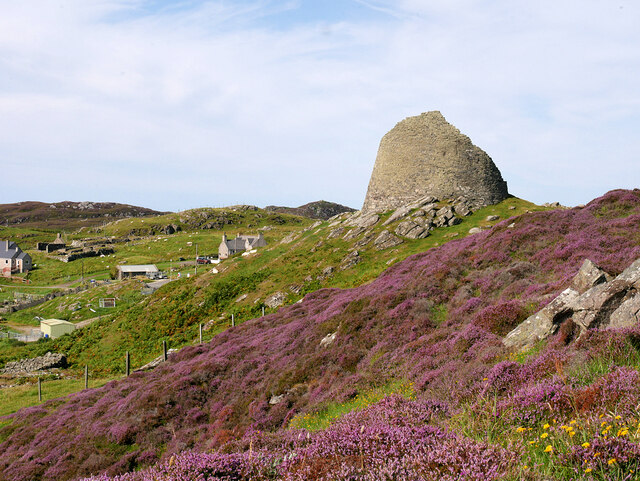
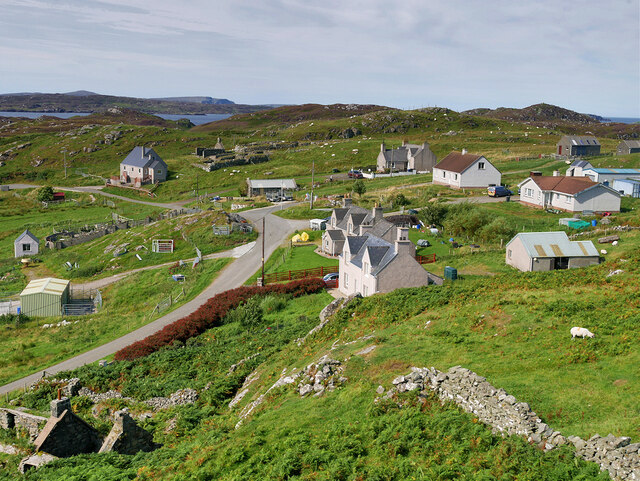
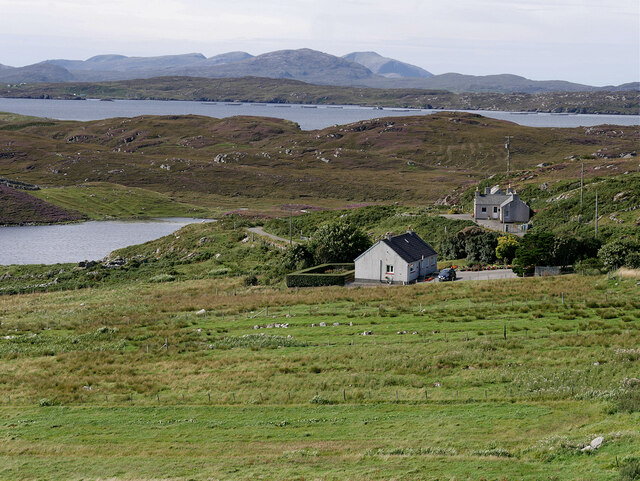
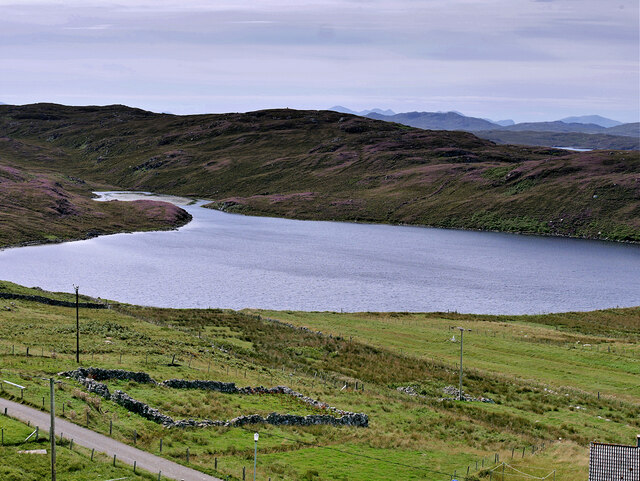
Beinn an Dùin is located at Grid Ref: NB1941 (Lat: 58.272087, Lng: -6.7928054)
Unitary Authority: Na h-Eileanan an Iar
Police Authority: Highlands and Islands
What 3 Words
///jumbled.dolphins.describes. Near Carloway, Na h-Eileanan Siar
Nearby Locations
Related Wikis
Dun Carloway
Dun Carloway (Scottish Gaelic: Dùn Chàrlabhaigh) is a broch situated in the district of Carloway, on the west coast of the Isle of Lewis, Scotland (grid...
Borrowston, Lewis
Borrowston (Scottish Gaelic: Borghastan), with a population of about 50, is a crofting township situated on the Isle of Lewis, on the Outer Hebrides of...
Carloway
Carloway (Scottish Gaelic: Càrlabhagh [ˈkʰaːɾɫ̪ə.ɤː]) is a crofting township and a district on the west coast of the Isle of Lewis, in the Outer Hebrides...
Garenin
Garenin (Scottish Gaelic: Na Gearrannan) is a crofting township on the west coast of the Isle of Lewis in the Outer Hebrides of Scotland. Garenin is in...
Nearby Amenities
Located within 500m of 58.272087,-6.7928054Have you been to Beinn an Dùin?
Leave your review of Beinn an Dùin below (or comments, questions and feedback).
